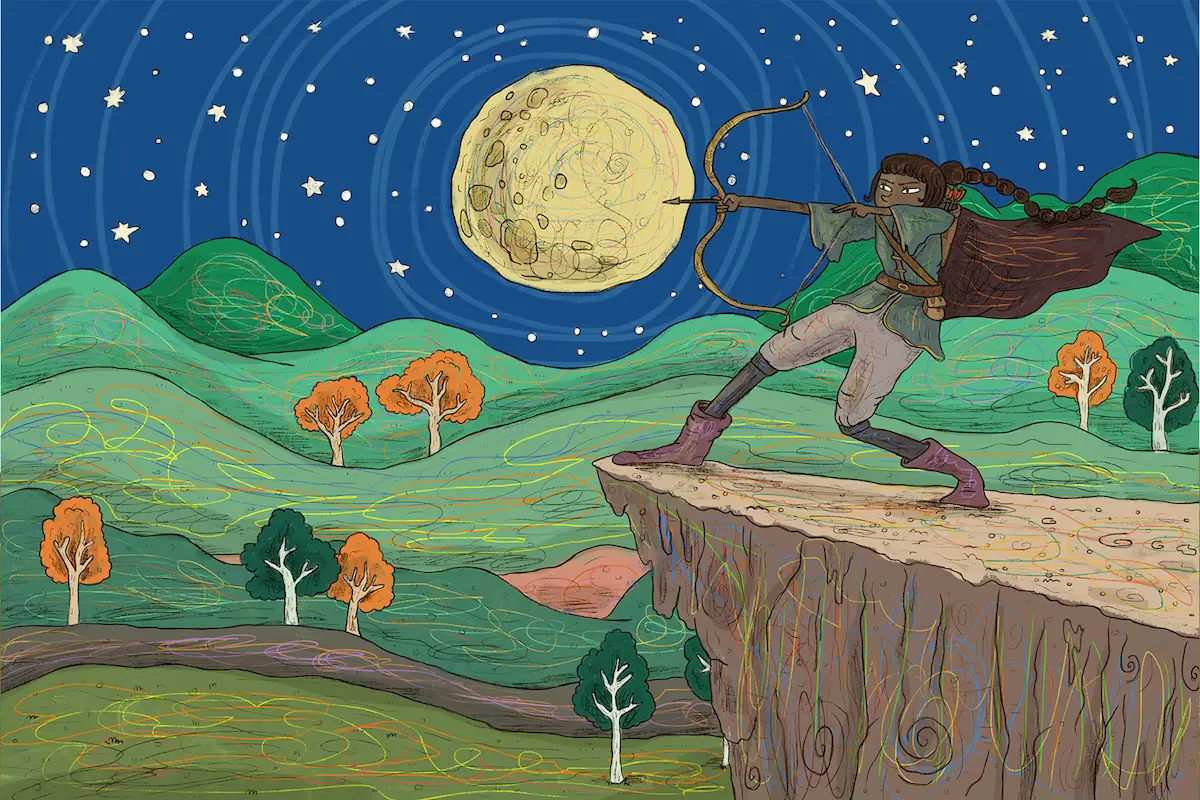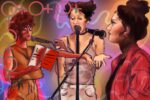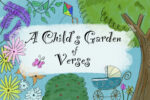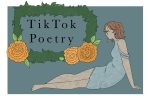Take every single fairytale archetype you and everyone else in the world has grown up knowing and fling them out the metaphorical door. Nikita Gill’s “Fierce Fairytales: Poems and Stories to Stir Your Soul” is a wondrously crafted collection of poetry and prose, accompanied by hand-drawn illustrations from the author herself, that places the magical tales of history within the context of modern-day society.
In an interview with Marie Clare, Gill explained the most important message of the entire project, her third book: “Question everything—question the stories you’re told, question the things you are reading.”
Gill starts “Fierce Fairytales” with a dedication to you “who has never forgotten / the magic. / It wants you to know / it remembers you.” Readers are graced with a dedication that speaks to the heart of the child in everyone that could be found imagining what it would be like to be inside the fairytales they love so much.
The awe of magic and fairies still exists within the book, but Gill understands there are flaws present in the stories fed to children through the recognizable stories, stories that push gender stereotypes and pernicious behaviors. These stereotypes then permeate throughout the population.
With “Fierce Fairytales,” Gill analyzes the dangers and truths behind those stories. She begins with a “Universal Truth” and then “Once Upon a Time,” in which she describes the magic that had to exist in order for the world to be created, and, more poignantly, for you to be created. How could readers possibly not believe in magic?
“Once Upon a Time II” stands as the first poem’s complement in its representation of the idea that “once upon a time” is never going to be easy, and when readers examine the stories they love so much, they realize the hero could not be the hero without hardship. Thus, Gill reminds us, “Out there may be monsters, my dear. / But in you still lives the dragon / you should always believe in.”
More poems surround the concept that there is a magic existing in the universe when you consider how many things had to go right and how many things had to fit precisely together in order for creation to exist. Readers are introduced to the sisters “Cosmos” and “Chaos” that work together instead of the largely held stereotype that the two entities clash (or are men).
From this moment of optimistic hope and encouragement comes a much more somber note held in “The Woods Reincarnated”: “What happens to the fairytale / when the woods have been replaced by cities; / and a concrete jungle that comes to life?” Where does magic go when it has all but been destroyed?
Who are the wolves now that the forest has been destroyed, and “Where are the stories for the wicked girls, / the ones where they are told perfection is a lie?” Gill tears apart the belief that to be good and to be perfect are one and the same.
https://www.instagram.com/p/BoX2AWaH88m/
The real magic of these fairytales is their ability to question the assigned boxes of characters, which is exactly what Gill hoped the collection would do.
What if Rumpelstiltskin asked for redemption? What if Tinkerbell decided to quit anger management and harness the rage that “gets things done”? What if Captain Hook was just a boy broken-hearted and betrayed? And what happened to Wendy? What if Red Riding Hood became the Big Bad Wolf to survive and fend off something even worse: huntsman destroying the forest?
The wicked stepmother? Just a woman carrying her past hardships and injurious reality into her relationship with Cinderella. Cinderella, on the other hand, is simply trying to survive abuse. What can be learned from “Alice in Wonderland”?
Scheherazade, the Queen of Hearts, the Hatter, Goldilocks and so many more have their individual stories retold. Or perhaps told for the first time.
My own personal favorite is that of “Beauty and Bravery,” in which Beauty understands, “You do not have to be good to be brave.” Her story is her own as she defines and understands what it means to be brave, and with this understanding, she realizes that sometimes you do things not out of bravery but love, or fear, “devotion” or “panic.”
A mix of poetry and prose, Beauty comes to know the “secret that no one wants you to know.” “You do not have to be good to be brave. / You just need to know how to love. / You just need to unfold your heart / and recognize where you stand / and who you are.”
Riddled with abuse, constraint, horror and loss, what is a reader supposed to do once these truths are exposed? Gill’s “Fierce Fairytales” stand to say, “learn.” Learn and question what you have been taught. This does not necessarily mean throw away your existing love of these stories. It just means adjust and realize.
Amidst the fierce fairytales are also new, poignant stories that very much speak directly to our current world, whether it be the “beauty” image pushed on young girls or the problem of finding magic amidst a culture that appears to no longer consider the fantastical worth the time or validity of discussion.
The disclaimer of the title, “Stories to Stir Your Soul,” seems completely appropriate, as readers will finish the book with a feeling of personal alteration. I propose this is something to consider wonderful, especially for those who are “magic drunk” fairy lovers. This collection is a treasure worth the read, and pondering Gill’s words and craft is time well spent.
















